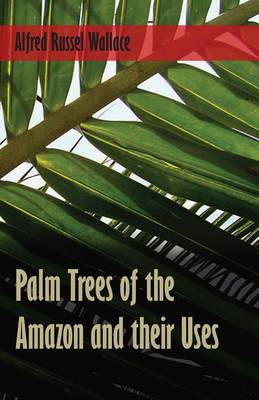Cambridge Library Collection - Botany and Horticulture
1 total work
The scientist Alfred Russel Wallace (1823-1913), famous for his theory of evolution, which he developed in parallel with that of Darwin, published this work in 1853. It contains observations made during his travels on the Amazon between 1848 and 1852, when he became aware of the numerous different palm species growing in the area, and the wide variety of uses to which the native peoples put the trees and their products. Wallace's first task was to learn how to distinguish between the varieties and to make accurate botanical sketches; but as the book's title suggests, he was equally interested in the part they played in the everyday life and economy of the inhabitants of the Amazon basin. The work consists of 48 black-and-white plates, each with a description of the palm, its native and botanical name, and its uses; some had not previously been known to botanists.
